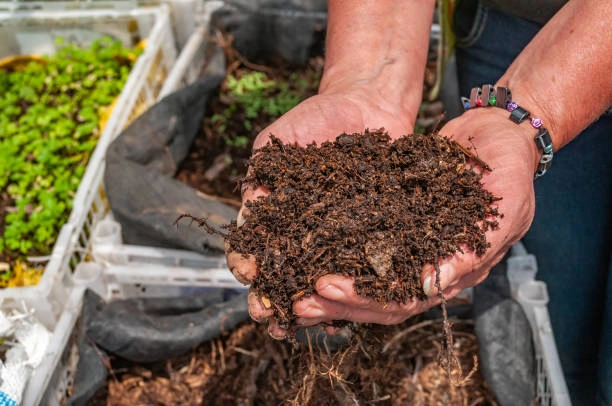Regenerative farming is an agricultural approach that focuses on restoring and enhancing soil health, biodiversity, and ecosystem services. Unlike conventional farming, which often depletes soil nutrients and relies heavily on chemical inputs, regenerative practices aim to work with natural processes to build resilient and sustainable farming systems.
Key Principles of Regenerative Farming
-
Soil Health Enhancement: Central to regenerative agriculture is the improvement of soil health. Practices such as reduced or no-till farming, cover cropping, and composting help increase organic matter, promote beneficial microbial activity, and enhance nutrient cycling. This leads to improved soil fertility and water retention.
-
Biodiversity Promotion: Diversifying crops and integrating livestock can create more resilient ecosystems. Agroforestry, which combines crops with trees or bushes, prevents soil erosion and shields cash species from adverse weather conditions.
-
Carbon Sequestration: Regenerative practices contribute to climate change mitigation by capturing carbon dioxide from the atmosphere and storing it in the soil. Techniques like agroforestry and increasing vegetation cover enhance carbon sequestration, helping to reduce greenhouse gas concentrations.
-
Water Management: Improved soil structure and organic matter content enhance water infiltration and retention, reducing the need for irrigation and mitigating the impacts of drought.
Common Regenerative Farming Practices
-
Cover Cropping: Planting specific crops during off-seasons to protect and enrich the soil.
-
Reduced or No-Till Farming: Minimizing soil disturbance to preserve soil structure and health.
-
Composting: Adding organic matter to the soil to improve fertility and microbial activity.
-
Agroforestry: Integrating trees and shrubs into crop and livestock systems to enhance biodiversity and ecosystem services.
-
Managed Grazing: Rotating livestock through pastures to prevent overgrazing and promote soil regeneration.
Benefits of Regenerative Farming
-
Enhanced Soil Fertility: Improved nutrient cycling and organic matter content lead to healthier soils.
-
Increased Biodiversity: Diverse ecosystems are more resilient to pests, diseases, and climate variability.
-
Climate Change Mitigation: Carbon sequestration helps offset greenhouse gas emissions.
-
Economic Resilience: Reduced reliance on chemical inputs and improved soil health can lead to cost savings and more stable yields.
Challenges and Considerations
While regenerative farming offers numerous benefits, it also presents challenges such as the need for knowledge and training, initial investment costs, and transitioning from conventional practices. Farmers may face a learning curve and require support to implement these practices effectively.
Efficient Regenerative Agriculture
Regenerative farming represents a holistic approach to agriculture that seeks to restore and enhance the health of our soils, ecosystems, and communities. By adopting regenerative practices, farmers can contribute to a more sustainable and resilient food system.

